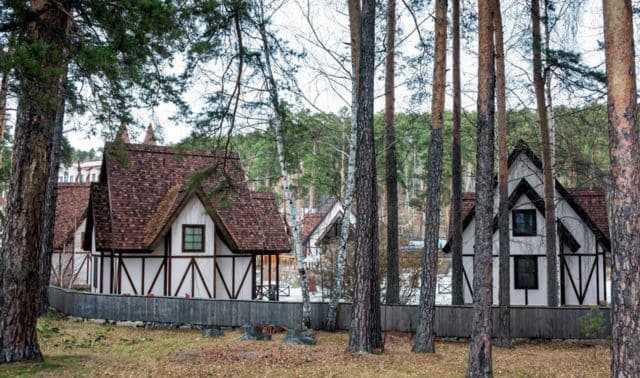
With about 500,000 revelers, Oktoberfest Zinzinnati, in Cincinnati, ranks as the world’s second-largest Oktoberfest.

If a small-town celebration is more your speed, head to North Dakota, where 61% of residents have German ancestors. The New Leipzig Annual Oktoberfest has beer-stein races, a nail-pounding competition and a Biggest Grasshopper Contest.
La Crosse, Wisconsin, home to eight German-American-owned breweries in the late 19th century, has celebrated Oktoberfest, USA since 1961. It now welcomes 175,000 visitors to LaCrosse Festgrounds annually. Parades — the Maple Leaf Parade, the Kids Day Parade and the Torchlight Parade — are the La Crosse party’s claim to fame.
Michigan’s “Little Bavaria,” Frankenmuth, first celebrated Oktoberfest in 1990 to mark Germany’s reunification. A representative from the town’s German sister city, Gunzenhausen, helps cut the ceremonial ribbon; the first keg tapping follows. Don’t miss the quaint Alpine-style architecture on Main Street.
The German settlers who founded Fredericksburg, Texas, in 1846 named their town for the Prussian prince. Although their descendants didn’t start celebrating Fredericksburg’s Oktoberfest, until 1981, the festival is a German heritage showcase: Oompah bands, polka and waltz contests, local artisans, a Kinder Park for little ones and the requisite German Bier tent. Admission costs $6 for adults and $1 for kids ages 6 to 12.

More than one in five Tulsa, Okla., residents claim German heritage. About 200,000 of them and their friends turn out for Bier Barrel Racing, carnival rides, a Polka Mass and a Volksmarsch at Tulsa Oktoberfest, named by USA Today as one of 10 great places to toast Oktoberfest worldwide.
Save this article for later!






